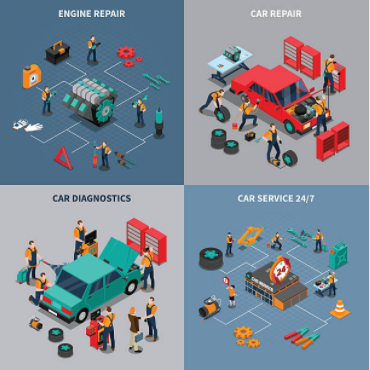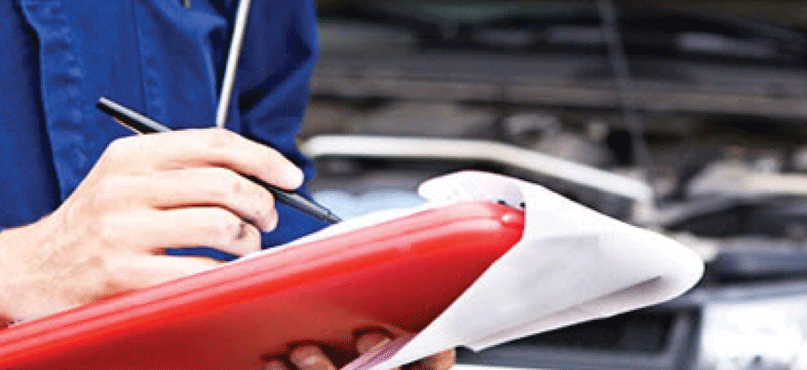MOT data and ‘the big check’, is a much-dreaded process among many car owners. An annual test of a vehicle to ensure safety standards, emissions levels and more, the thorough process checks everything from breaks to the exterior lights. Many find themselves waiting for as long as an hour for the MOT test to be completed, and the delay is longer should any repairs or modifications need to be made to the vehicle.
Admin and faff aside, millions of people are made to carry out the MOT test, and all that bulk of data must go somewhere. When purchasing a car, MOT history checks are not uncommon, so it’s important that the information is ready to be accessed always. Of course, behind such accessibility lies nuggets of great technology, providing a clear boost in checking cars.
Big MOT Data Analytics
Twenty years ago, cars were mechanical, fixable with spanners and wrenches. Now, they function with computers and electronics, from the flashy dashboard, excellent engines and to the electric windows. Consequently, they need to be tested with technology too.
Vehicles are imbedded with sensory devices right from the outset of their design and construction. This has long been utilised in Formula One, where the cars are equipped with sensors that analyse the cars components at work to provide conclusive data thereafter. This is then used as research for the teams involved, who then tweak the vehicles to enhance their performance. From mileage to emissions, it’s all tinkered with.
These days, similar methods apply to checking up on the regular cars too. As cars become computerised, they feature connection ports that provide data to a diagnostics computer. This can further explore the information and indicators provided by the cars Electronic Control Unit (ECU), which functions as the main hub of a vehicles diagnostics. If fuel levels run low, belts aren’t used, or doors are left open, the ECU flags the fault. By analysing this MOT data, the receptiveness of a cars electronic systems can be determined. Businesses are also considering smart MOT data checks too and with an increase in smart activity being developed, we are seeing real time business results for consumers.
Two Checks in One:

HPI checks and MOT assessments aren’t wholly worlds apart. Each process involves examining and analysing a vehicle to determine its history and overarching quality from material quality to functionality. In the end, both are completely necessary and vital to the efficiency of a vehicle and the transparency of trade, and keep buyers on the same page as the seller.
However, companies such as Cap HPI are using technology to provide free MOT tests alongside their standard HPI checks, performing both duties at once. The leading front for assistance, this is clearly a huge time saver, and businesses especially can utilise this great opportunity immediately. It cuts costs, all while protecting finances and reputations at the same time. Consequently, company vehicles are placed in reliable hands online, allowing simpler managerial tasks in controlling customer MOT data and faster service for the consumer.
Accessed from a web browser, these methods are decent tools for a company looking for a smooth ride. It’s on demand evidence, condensing the experience usually bogged down in admin down to a nub of efficiency. For example, well-known brands like Honda and BMW have an online booking service reservation system for the MOT test, once again saving time in allowing customers to allocate their own appointments at their convenience. Ultimately, through the automotive industry, the digital is impacting the real world more than ever.








